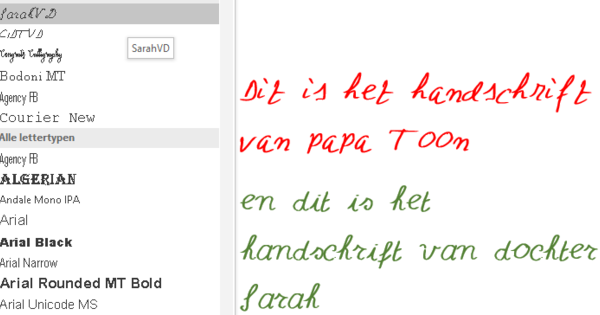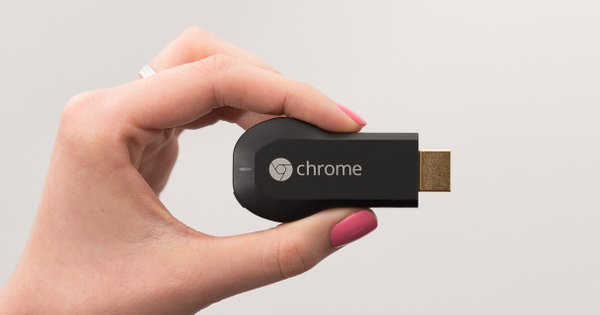You probably know how to find the 26 letters of the alphabet blindly on your keyboard, but it gets more difficult if you want to use special characters. For example, how do you put a diaeresis on the i, how do you indicate a grave accent (è), how do you type a euro sign? In this article we explain how to use special characters in Windows 10, but also specifically in Word.
Like all programs that use text, Microsoft Word uses ASCII code. That's a numeric code for every alphabetic, numeric and special character on your keyboard. Uppercase letters have a different code than lowercase letters. With the help of this fixed coding, all programs know exactly which characters should be displayed. The encoding is numeric, so each character has its own number that is the same everywhere.
Using special characters
Just like computer programs do, you can also make use of ASCII codes yourself by using the Alt key while typing the ASCII code of the character you want to enter on the numeric part of your keyboard. This does not only work in Word, but almost everywhere in Windows 10. For this you need to know which code belongs to which character.
However, you can also open a list of special characters to find and copy the symbol you need. This list also shows the ASCII code, so next time you know which code to use to enter the character faster.

To do this in Windows 10, in the search bar special characters typing. In the window that appears when you click on the search result, you can look up characters, select them and the like.
In Word, go to Insert, Symbol and More symbolsto bring up a similar list. This shows the shortcut at the bottom that you can use to enter the selected symbol using your keyboard. This can be an ASCII code or another hotkey, depending on the symbol or your settings.
Shortcuts for special characters
Special characters are the fastest to enter if you can remember the shortcuts for them. We have listed a few for you that regularly appear in the Dutch language.
Trema by letter: Shift + ", followed by the letter you want to type (ï / ë)
Accent aigu / dash on the e: Press ' (quote mark) followed by the letter (é)
accent grave: Press `(above the Tab key) followed by the letter (è)
Euro sign: Ctrl + Alt + E or Alt + 0128 on numpad (€)
Create your own shortcuts
If you often forget shortcuts for special characters, you can also change them to your liking. Go back in Word to Insert, Symbol and select it Symbol or the Special characters whose keyboard shortcut you want to customize. Then click on the button Hotkey... and enter the new key combination under Press new hotkey. Make sure this isn't a pre-existing keyboard shortcut. If this is the case, you will receive a notification. Confirm the adjustment by pressing the Assign to-knob.
Cut and paste
Can't remember all the shortcuts for special characters? You may find it more convenient to simply copy and paste these characters into your Word document. CopyChar makes it incredibly easy to insert symbols and special characters into documents. Go to the CopyChar website, find the symbol you need and click it once to copy it to your clipboard. You can then paste the symbol or character into a Word document or Excel file.

